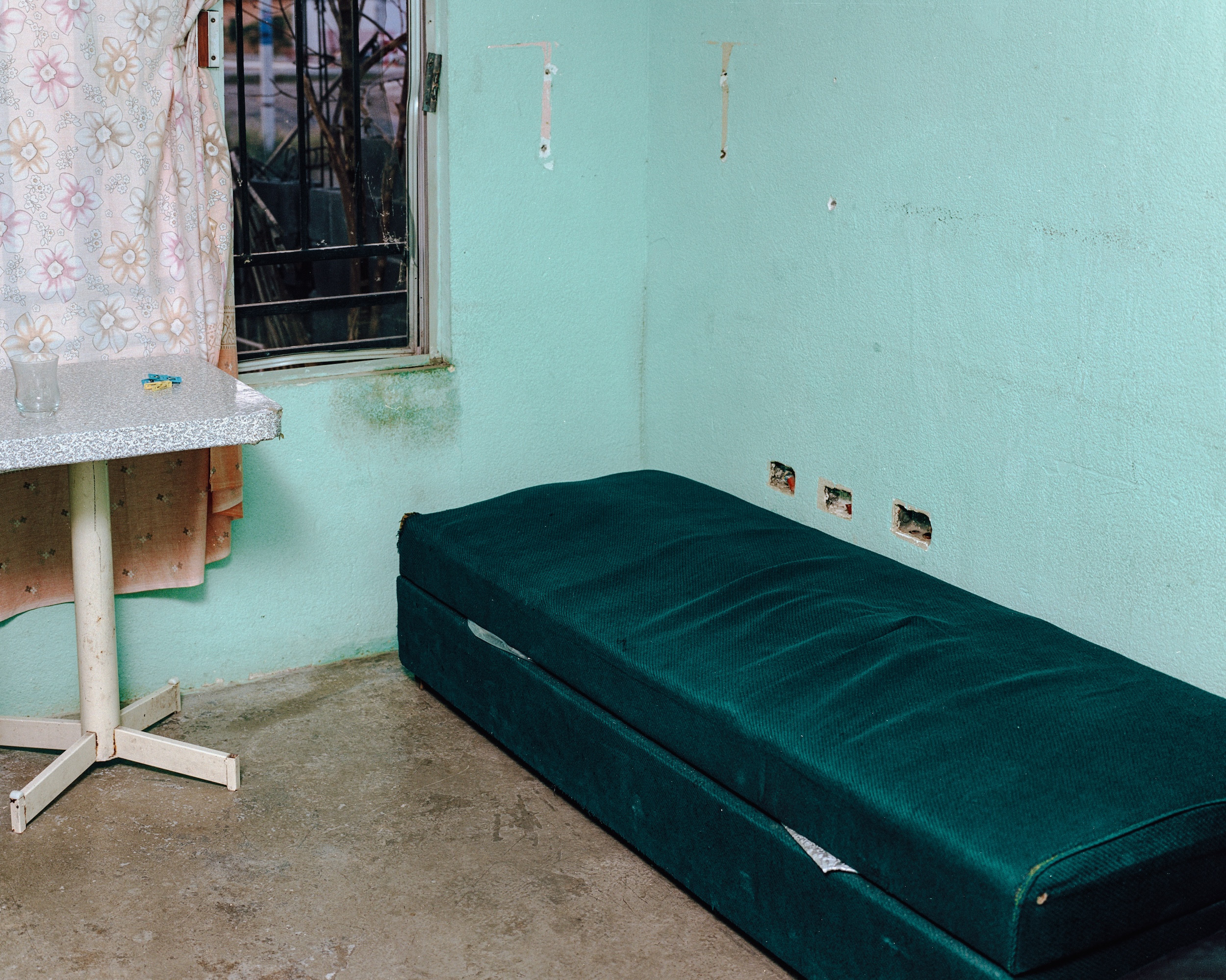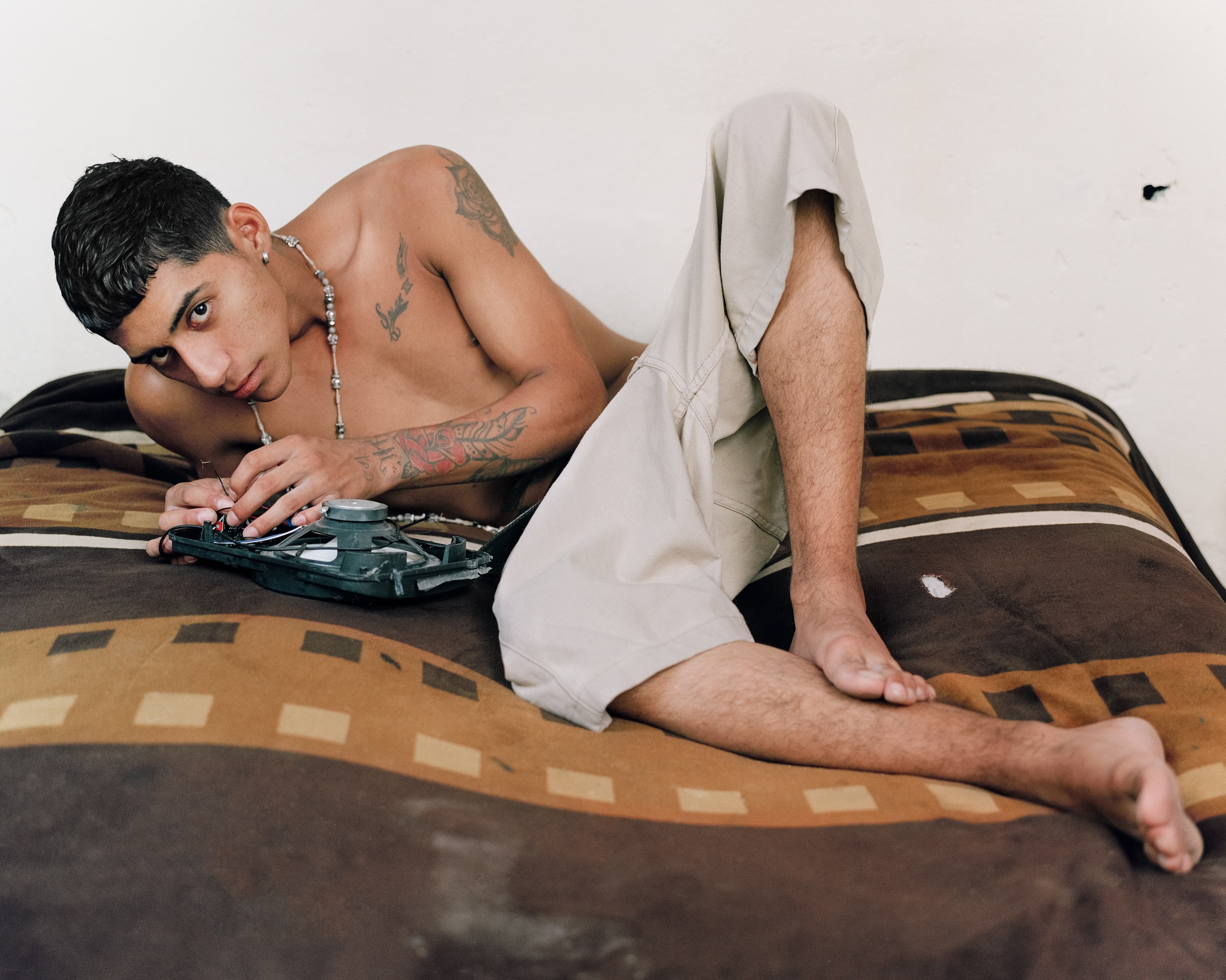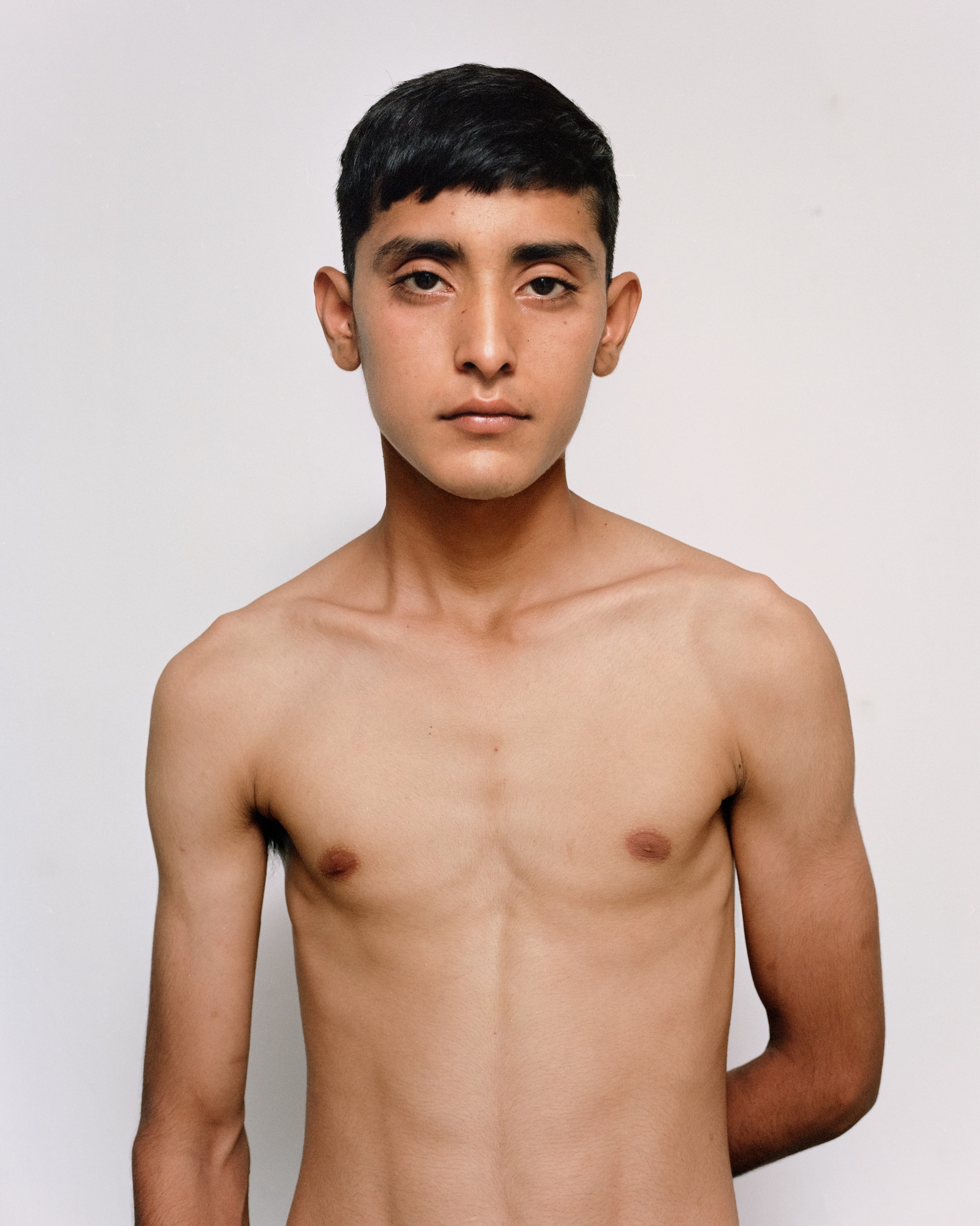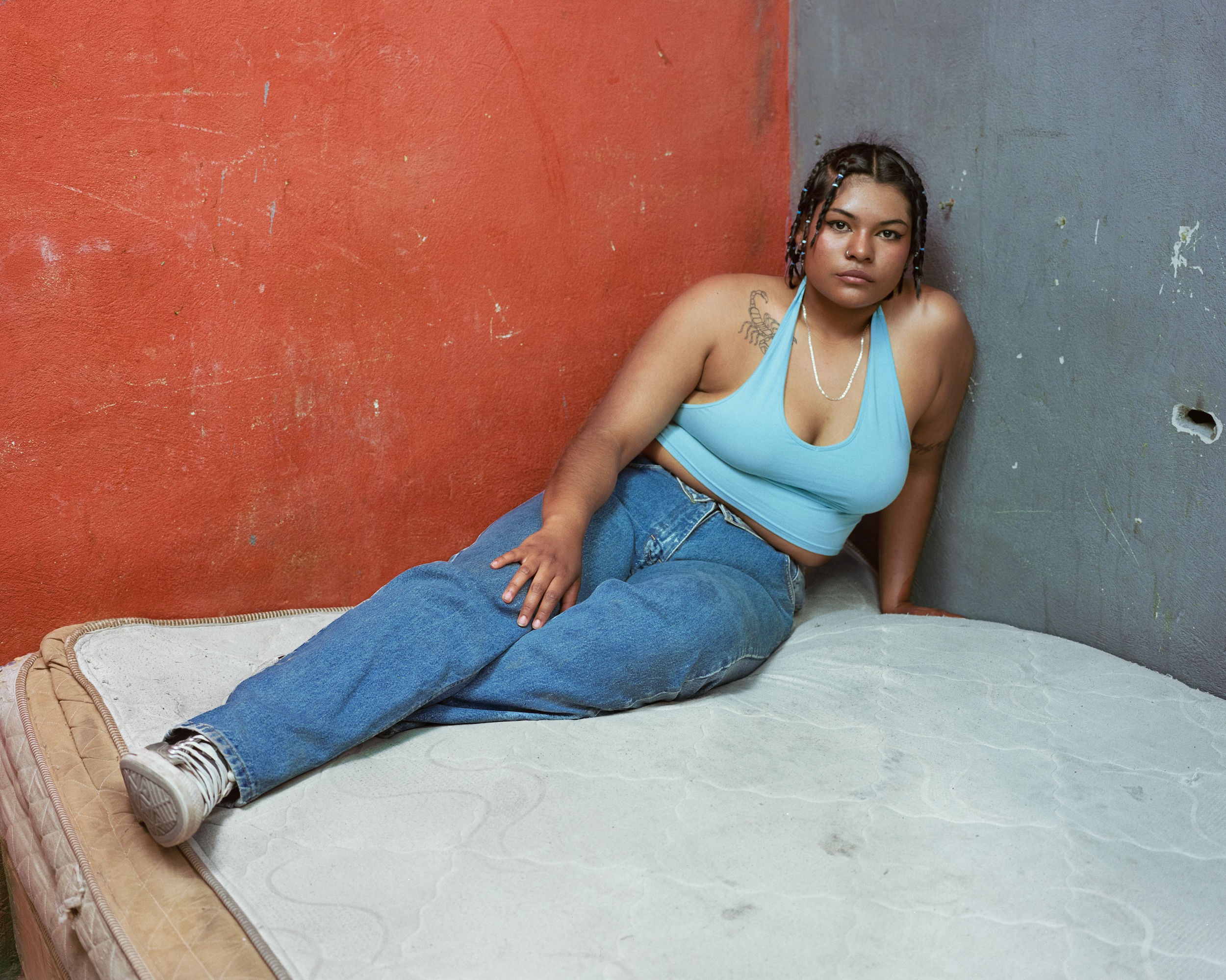All images © Felipe Romero Beltrán
The photographer’s new book with Loose Joints is in dialogue with his previous projects documenting migration
In The Book of Trespass, Nick Hayes – co-founder of the Right to Roam campaign – argues that though borders exist in nature in the form of mountains, rivers and ravines, they are more often than not “areas of transaction, semi-permeable membranes. The notion that a perimeter should be impenetrable is a human contrivance alone.”
The Rio Bravo, or the Rio Grande (Big River) as it’s more commonly named in the US, runs from the San Juan Mountains in Colorado to the Gulf of Mexico, through New Mexico and along the Texas-Mexico border, marking a ‘natural’ border between the United States and Central & South America. It is the namesake for Felipe Romero Beltrán’s latest book, Bravo, published by Loose Joints in 2025.
Now, with Trump’s second term in office, Mexico has once again been pushed to the centre of the administration’s political sparring ring. In February, Trump signed an executive order to rename the Gulf of Mexico ‘the Gulf of America’ as soon as he entered office. This came before the American president made good on his promise for “mass deportations” and on his fourth day in office, 1,000 people were already deported from the US, predominantly near the Mexican border.
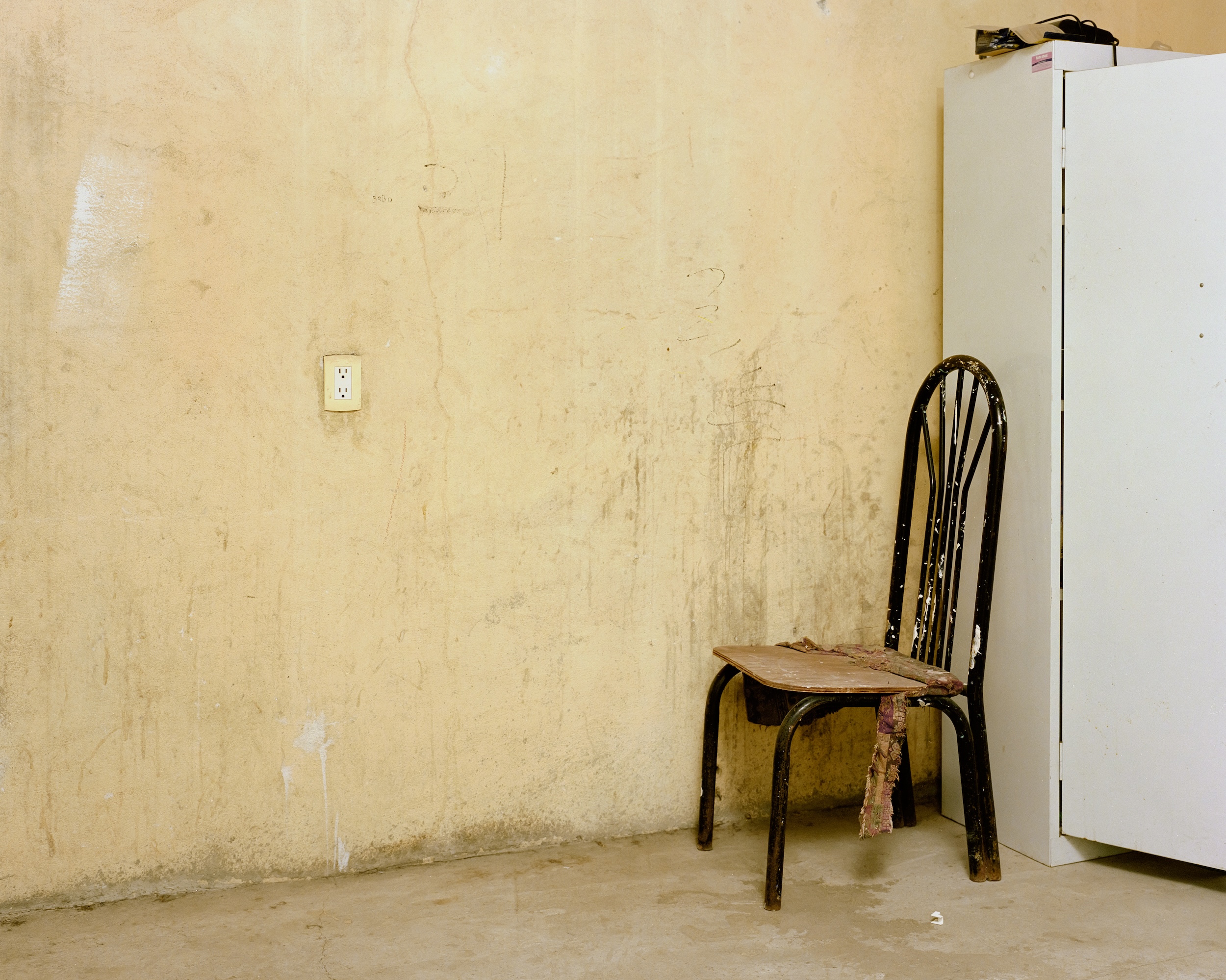
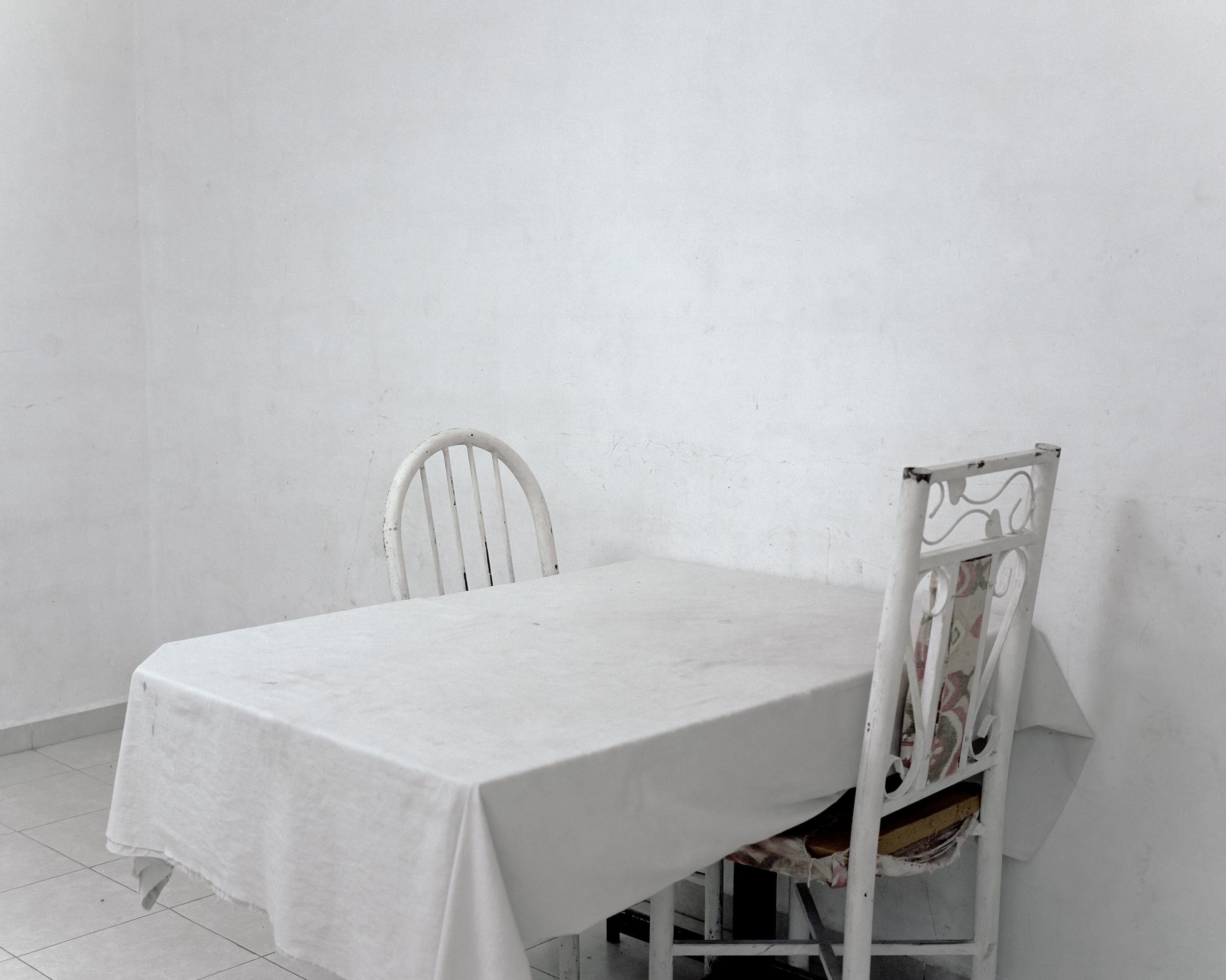
“The Rio Bravo is the limit of the entire body of work”
Bravo is divided into three sections, though these were not planned from the start but emerged organically, Romero Beltrán tells me. The book begins at the end, or rather, with the section Endings which focuses on domestic and abandoned spaces, exploring material textures and the intimate environments where people live after the human presence has occurred. As the artist reminds me; “photography is a consequence of something else.” There is a noticeable absence of human subjects in some images, emphasising presence through materiality rather than direct representation.
Some still-life images, such as the pile of teacups, shot at Tom’s house, a friend of the artist, evoke the aesthetics of classical painting and reinforce the project’s intimate, personal nature. “You can read these still life as bodies, too,” Romero Beltrán says, about the second section where this image appears, Bodies. The third section is titled Breaches, exposing the sensation and experience of crossing and confronting.
“This borderline that the river represents and this law that is implemented to categorise reality somehow has a wider reach that is not just a line that divides one country from another. For me, that was kind of the key point of the project. That’s why I didn’t focus at least on the image series on the river itself. I was more interested in the transitioning landscape before the Bravo between Monterrey and the Rio Bravo,” Romero Beltrán tells me. “Bravo as title and as axis of the project appears as the limit of the project, geographically speaking and conceptually speaking. It’s the limit of the entire body of work.”
The book was completed well before Trump’s second term; Romero Beltrán tells me that his book “represents kind of a resistance to [Trump’s] politics, to that discourse. I never mention the States in the book,” he says, mentioning he formulated the body of work solely on the Mexican side of the river. “I almost don’t care about what’s going on on the other side of the river.” The project challenges common migration narratives that often portray desperate border crossings (for example, within the Darién Gap between Colombia and Panama) instead showcasing lives and communities formed on the Mexican side.
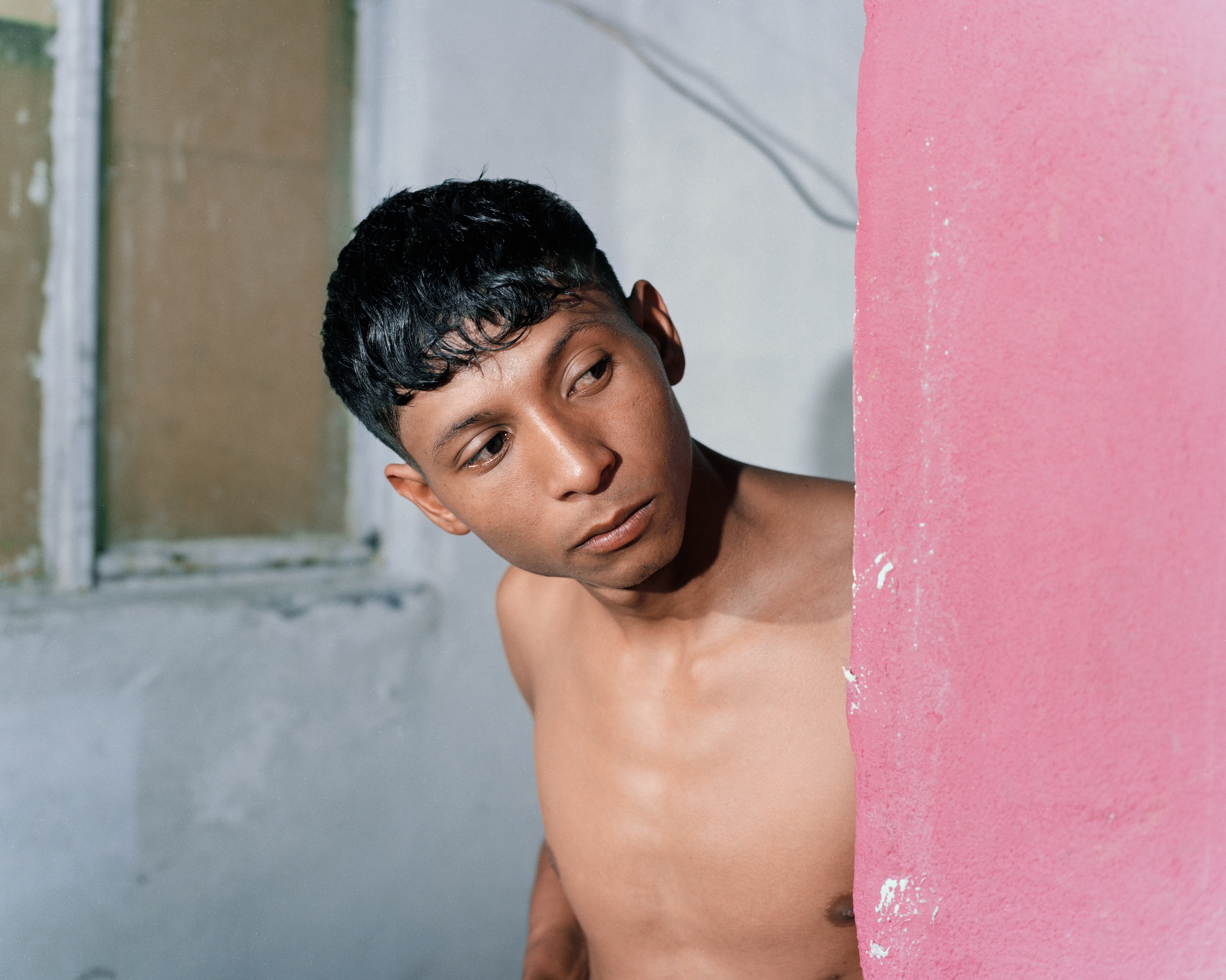
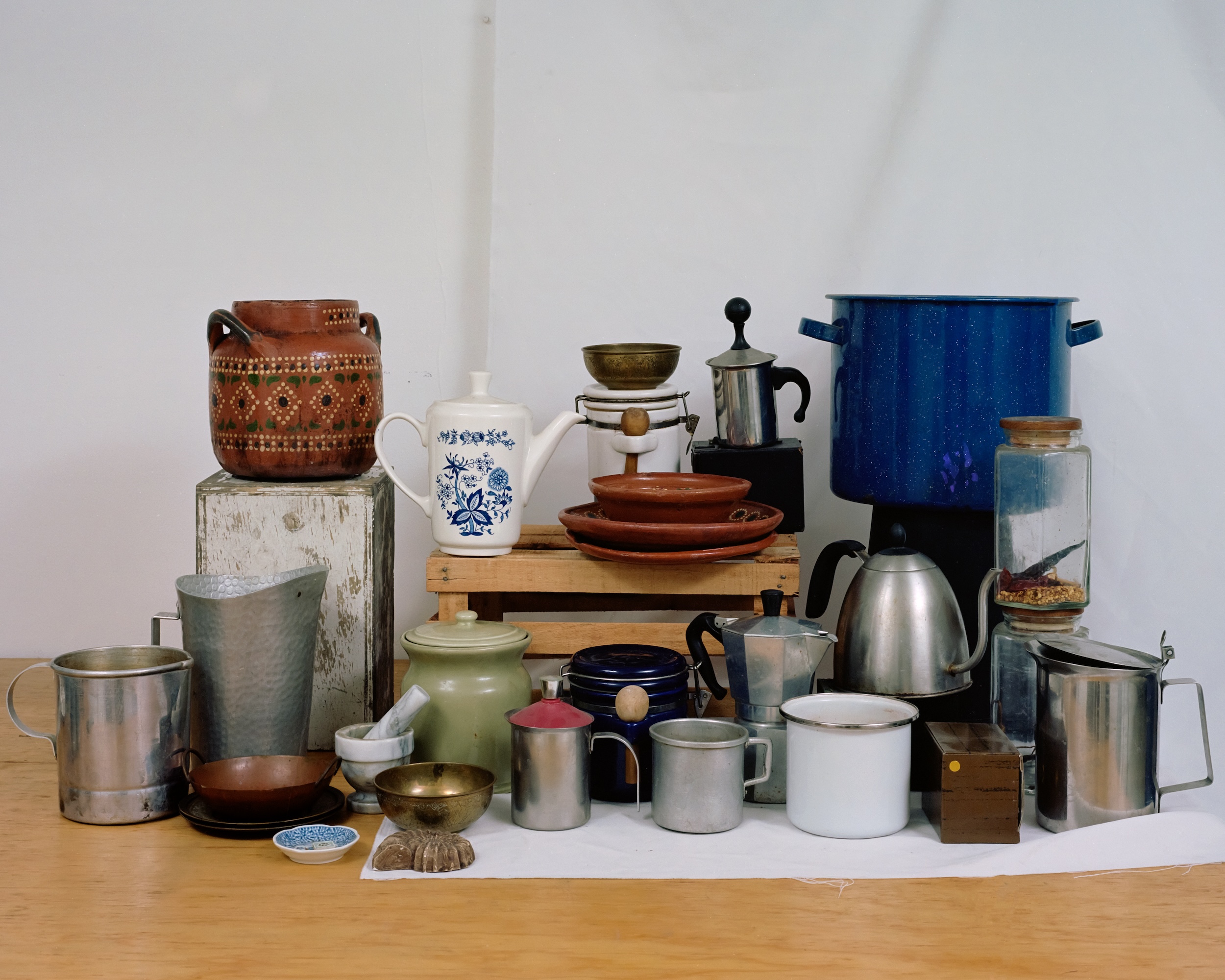
But this work is also not necessarily born out of resistance in a direct or neat way. Migration in the area has been occurring for millenia; of people, plants and animals. While visiting friends in Monterrey, Mexico, he noticed cultural resonances such as accents, food, and music that reminded him of his native Colombia, despite the geographical distance. The realisation sparked his interest in the region and its historical and contemporary migration patterns. Northern Mexico has long been a migration route, with Colombian cultural influences left behind by migrant flows. Romero Beltrán’s project started as a personal exploration of these cultural imprints rather than a study of border crossings, or creating a space of migratory discourse as a reaction to contemporary politics.
And Bravo is certainly in dialogue with the artist’s previous works which interrogate migration as a human experience. In Dialect (2020-2023), he similarly explores the intersection of language, law, and the body. The project highlights the state of legal limbo by applying a performative photographic approach; Dialect narrates the story of a group of young immigrants who have recently crossed the strait between Morocco and Spain and wait in Seville for the outcome of their legal status. However in Bravo, he refrains from overt performance or staged reenactments, instead opting for a more organic, documentary-like visual language.
In Bravo, we find more of the artist; he seems more present as shots appear candid and spontaneous. We sense his inhabitation of the same spaces as his subjects. Space – both domestic and geographic – seems to be a core tenet of the work, too. His next project in Colombia will take a more personal turn, using similar methods to explore his own identity.
